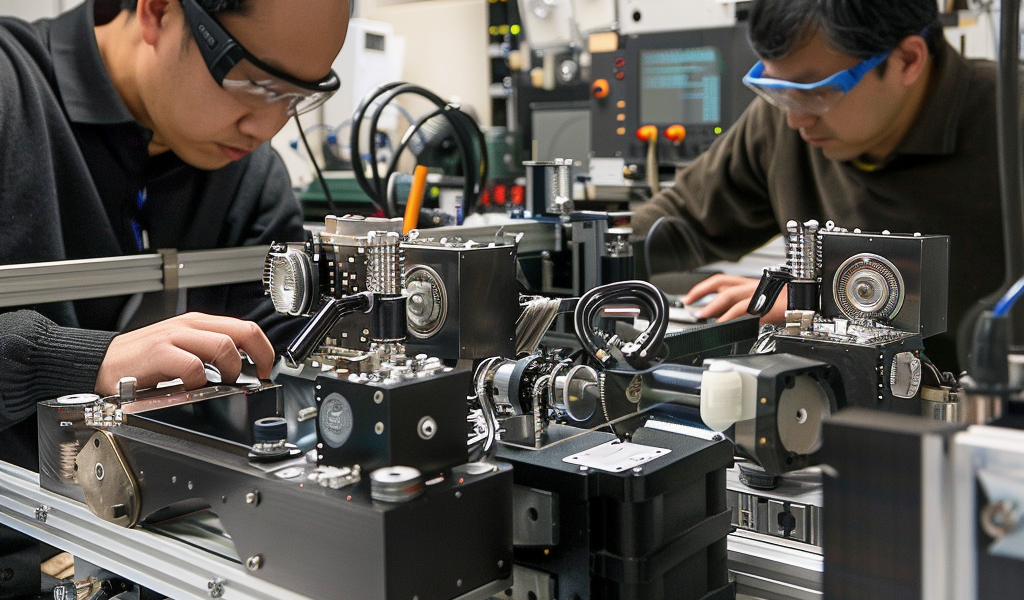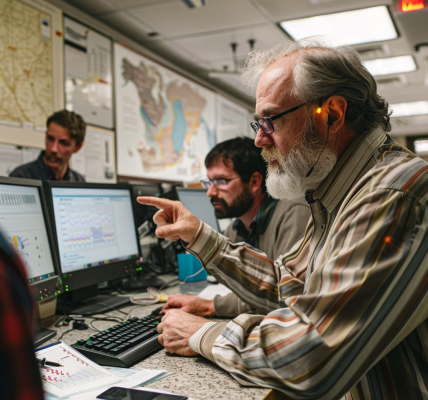Gravitational attraction, a fundamental force of nature, has long been a subject of intrigue and study in the scientific community. In a recent groundbreaking study published in Nature, researchers have delved into the realm of measuring gravitational attraction with a lattice atom interferometer.
Despite the ubiquitous presence of gravity in our daily lives, precise laboratory experiments to study this force have remained a challenge. Atom interferometers have emerged as powerful tools for exploring various aspects of gravity, including Earth’s gravity, the gravitational constant, deviations from Newtonian gravity, and general relativity.
Traditionally, atom interferometers have been limited by the short measurement times due to atoms being in free fall. However, a recent development in the field involves suspending atoms for an extended period in an optical-lattice mode filtered by an optical cavity. This advancement allows for longer measurement times and opens up new possibilities for precision tests of gravity.
In this study, researchers optimized the gravitational sensitivity of the lattice interferometer and employed a system of signal inversions to suppress and quantify systematic effects. The results of the experiment revealed the attraction of a miniature source mass, with a measurement of amass = 33.3 ± 5.6stat ± 2.7syst nm s−2. This measurement is consistent with Newtonian gravity, thereby ruling out certain ‘screened fifth force’ theories over their natural parameter space.
The accuracy of the measurements, at 6.2 nm s−2, surpasses previous similar experiments with atoms in free fall by more than fourfold. The researchers suggest that further enhancements in atom cooling and tilt-noise suppression could lead to increased sensitivity for investigating forces at sub-millimeter ranges, compact gravimetry, and exploring quantum properties of the gravitational field.
This study marks a significant step forward in the quest to understand and measure gravitational attraction with unprecedented accuracy. The findings pave the way for future research in gravitational physics and may have implications for our understanding of fundamental forces in the universe.





